Dog collars and harnesses: pros and cons of each one
Knowing your dog well will help you choose the best option
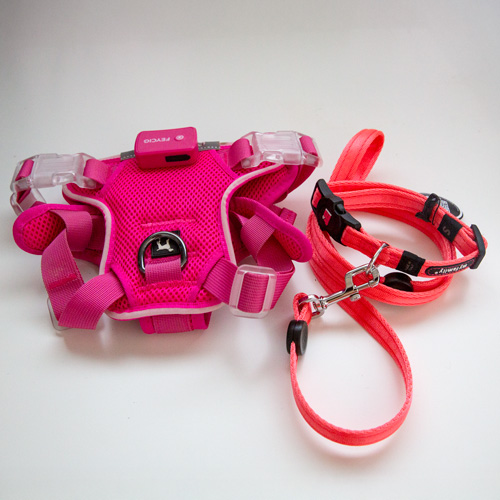
IS IT BETTER TO USE A COLLAR OR HARNESS WITH MY DOG?
Approximate reading time: 9 minutes
When we add a new furry member to our family, all we think about is their well-being. It is normal that you have wondered what is the best system to use while on walks. Wether the conventional collar or the dog harness, which has become so fashionable lately. Choosing one method or another is a very personal decision that should be based on the characteristics and behaviour of your pet, so studying their attitude and getting to know them well will help you to make the right choice.
There are numerous scientific studies that outline the advantages and disadvantages of leashes and harnesses. Ideally, your dog should learn to use both systems as soon as possible, so that you can benefit from the positive aspects of each method depending on the situation at hand. It should be noted, however, that for some dogs, only one of them may be recommended.
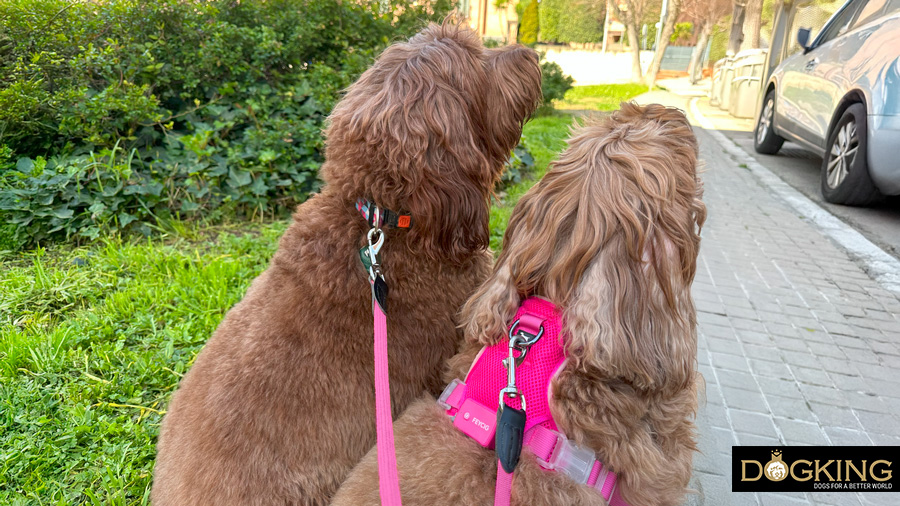
Table of contents
1- Collar vs. harness when walking your dog
2- How to choose the right collar or harness?
Collar vs. harness when walking with your dog
The collar is the most common method of attaching a lead to a dog's lead. But, concerned about the constant tugging of their pets during a walk, some owners question whether it would not be more comfortable for them to use a harness, which covers a larger surface area on the animal's body. Both methods have their advantages and disadvantages, but what you should not lose sight of is that, if your dog does not know how to walk without pulling, the solution is not a harness, but to redirect this behaviour with the help of an ethologist.
To find out which system is right for your furry friend, consider these tips. It is very important to make this decision with your dog's well-being in mind so that the walk is a pleasant and relaxing time for them.
-
Dogs with sensitive necks
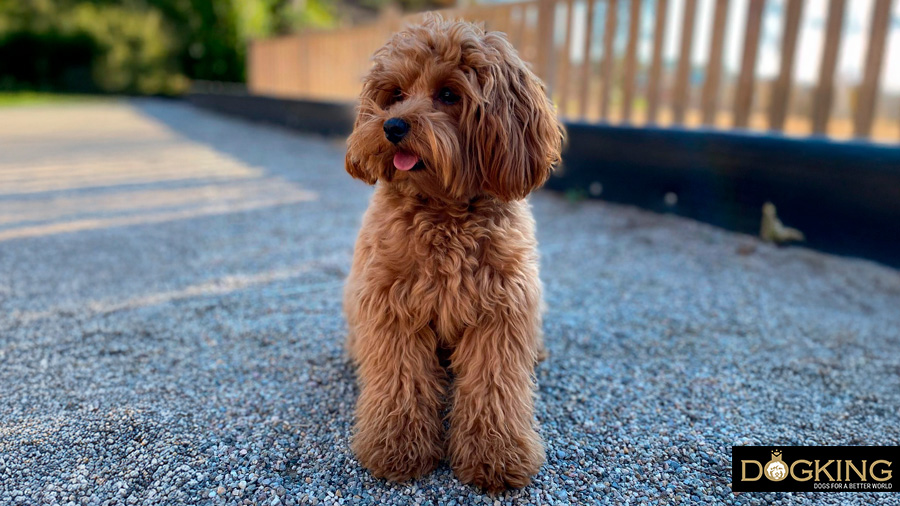
If your dog is small and its muscles are not very strong, as is the case, for example, with the Chihuahua or the Pomeranian, we recommend the use of a harness rather than a collar. These breeds have a more sensitive cervical area, so any tug on the lead could cause injury, such as contusions, pinching or contractures. We should never pull when walking our dog, but there could be an emergency situation, such as a dog eating something dangerous or running towards a car, and if we react instinctively to protect them we could do them a lot of harm.
In addition, if your dog tends to pull when you walk, he could also suffer in this area, as tension will build up in their vertebrae, which could be transferred to the rest of their back and body. The harness, when attached to the chest or the back of the dog, distributes the pressure throughout the body and does not concentrate only on the neck, so if your dog pulls when you walk, it will be more comfortable for them.
On the other hand, if the collar is too tight or the dog is too sensitive, it could affect the thyroid, blood circulation and increase eye pressure. The collar is also not recommended for brachycephalic or flat-nosed breeds, as they have respiratory problems and it is very uncomfortable for them to feel pressure in this area.
-
Dog comfort
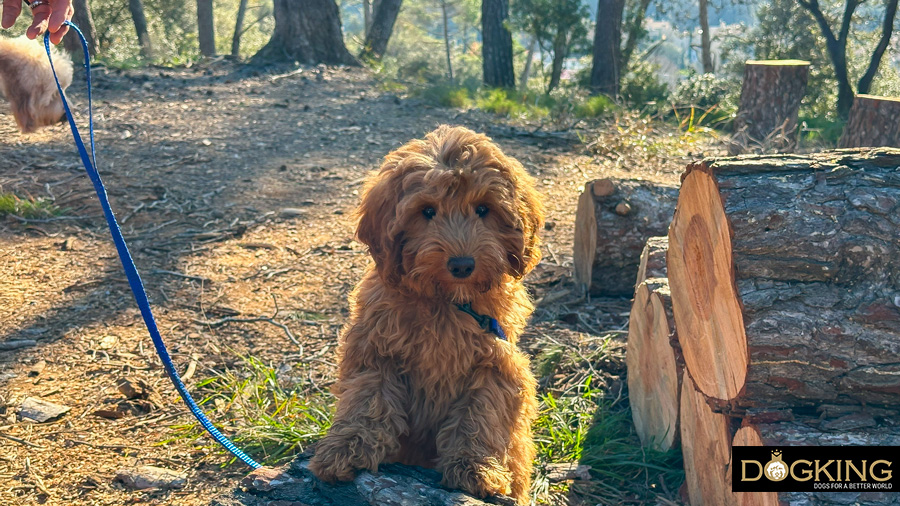
Every dog is different, and the truth is that if you get used to it from an early age, neither the use of the collar nor the harness should be a problem. However, the collar is easier to put on, which will save our pet some discomfort, while putting on the harness we will have to handle it for a longer time. As we have said, if we have socialised them well, this will not be a problem, but it is worth bearing in mind. In addition, the collar offers the advantage that we can leave it on the dog during the day, whereas wearing the harness constantly would be more uncomfortable for them.
On the other hand, if your dog is a small breed, is older, has an illness or has some particularity for which you usually wear a coat to go outside when it is cold, it will be more difficult for you to make them compatible with the harness than with the collar.
-
Dogs with long hair
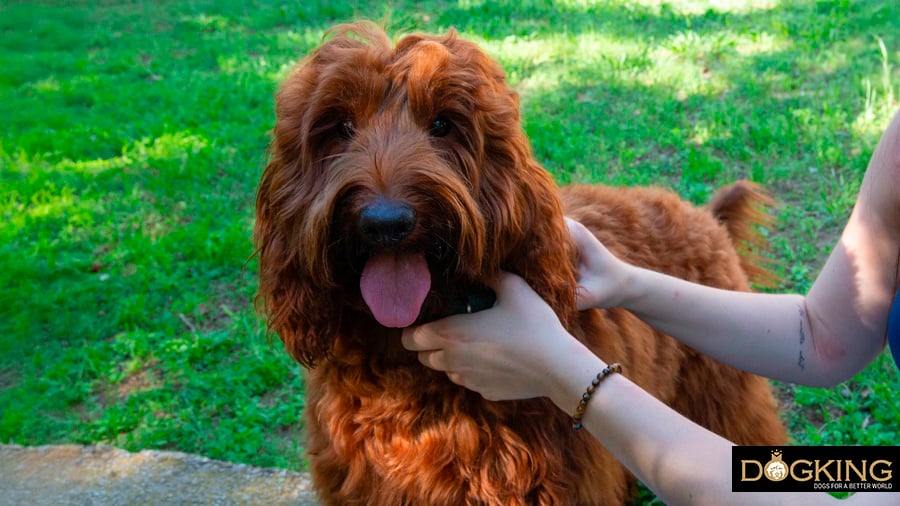
In dogs with long coats, the harness can cause pulling, tangling and other problems that affect the quality of the coat. This is the case with breeds such as the Australian Cobberdog, which has a very soft, lush coat that needs to be cared for to maintain its health. In these cases, a collar can be a good option as long as the animal is well trained in walking (no tugging) and does not suffer from respiratory problems.
-
For travelling by car
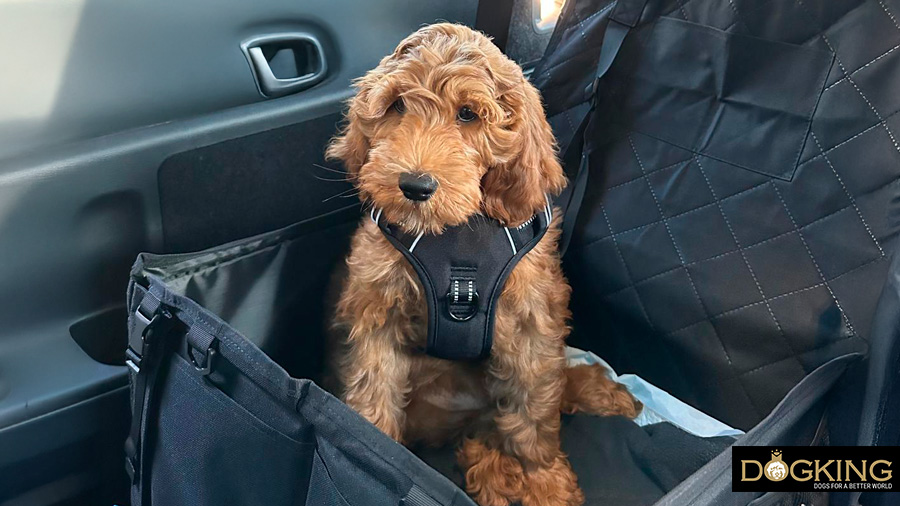
There's no doubt about it. If you want to protect your furry friend on your car journeys, it is best to use a double-anchor harness tested in a crash simulation. Never attach a dog seat belt to a collar beforehand, because in the event of braking or an accident, the consequences could be very serious. If your dog has long hair or you do not want to use a harness, there are other options. If they are small, you can always carry them in a carrier (placed on the floor behind the front seats), and if they are large, in a special cage anchored in the luggage compartment.
-
For sports
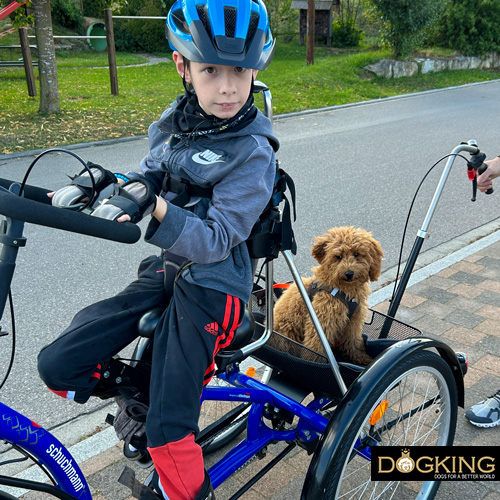
If you are going to practice canicross with your dog or you want to go running or cycling with them, it is best to opt for a good quality harness, as any pull will distribute the force through the muscles of their body. The use of a collar in these cases is very dangerous, as it could cause a neck injury. This area is very sensitive, as it contains part of the animal's spinal column and spinal cord, so it is always preferable to choose the harness for greater safety.
-
The safest method
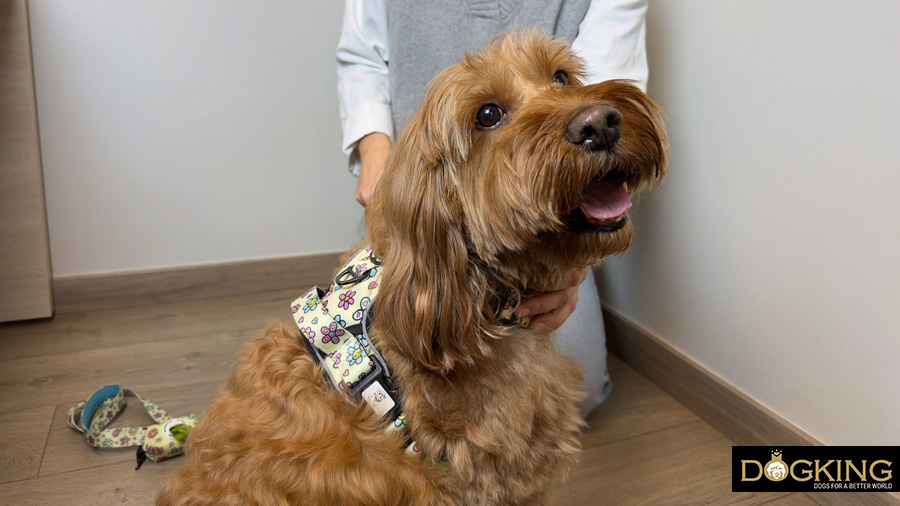
Precisely because they are more difficult to put on, as we mentioned earlier, harnesses are usually harder to remove. This means greater safety for your dog, as it will be more difficult for him to remove it and, if it comes undone, you will be able to detect it before it is too late. If the collar is unbuckled, your dog is instantly free to run away if they are frightened or sees something that attracts their attention. However, if you choose a quality collar with a safety lock, this need not happen.
-
Learning to walk
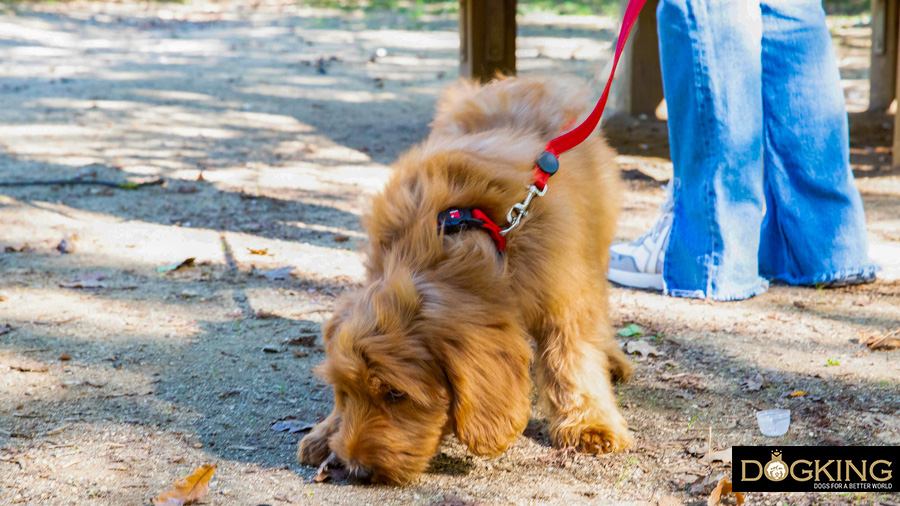
If you have a puppy and you are going to start teaching them how to use a leash, we recommend that you use a collar. In fact, it would be good for your dog to get used to both methods, in case you need to put them in a harness in the future. The more situations your puppy experiences, the more flexible and adaptable they will be in adulthood. But, to start walking training, it is preferable to use a collar. This is because with the collar we have greater control over the dog's direction, being able to correct them more easily to guide them in these first walking experiences. With the harness, the dog has more control and it can be more complicated. Furthermore, since it won't be as bothersome for them to pull while wearing a harness, they could get used to this undesirable behavior.
If, later on, you switch to a harness, bear in mind that harnesses that attach to the chest offer greater control, making it easier to guide the dog, and are therefore recommended for large and strong breeds. Harnesses that attach to the back of the animal are more suitable for smaller breeds where less control is required.
-
Educational harnesses for dogs
If your dog is a natural born puller when you go out for a walk, you have probably heard of educational harnesses, such as the ‘halti’. There is a lot of research for and against these systems, which attach to the animal's head and muzzle so that when they pull, they are forced to tilt their front end, looking towards us and thus correcting their direction While some ethologists insist that it is a useful and harmless method for the dog, others claim that it could have a negative impact on the animal's musculoskeletal health.
In any case, this should always be a temporary measure, as in order to solve the dog's behavioural problems while walking, we have to go to the cause. The aim is not to correct the fact that they pull, but rather that they stop pulling naturally and learn to walk calmly at our side.
How to make the right choice between collar and harness?
If you still have doubts about the choice between collar or harness, we recommend that you consult your vet or an ethologist. Each dog has their own character and need and will be more comfortable with one system or the other. In general, the harness is suitable for dogs that pull (temporarily, until we solve the problem), for dogs with short hair, with respiratory problems or sensitive necks, and for situations in which we are going to do sport or travel by car. The collar, on the other hand, is the best option for long-haired dogs that can walk calmly by their owner's side without pulling and do not have respiratory pathologies.
Whichever option you choose, get your furry friend used to it little by little and always remember to put an identification tag on the collar or harness so that, if they get lost, they can come back to you very soon. And enjoy your walks together!